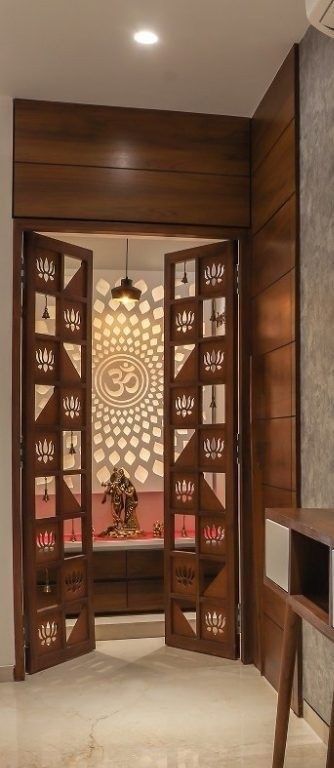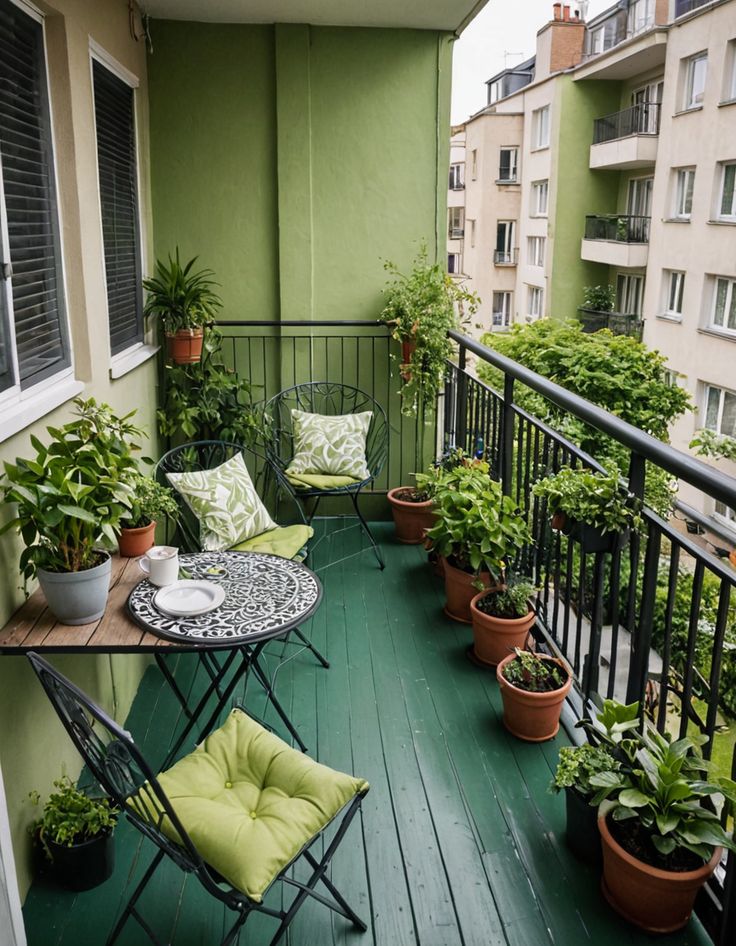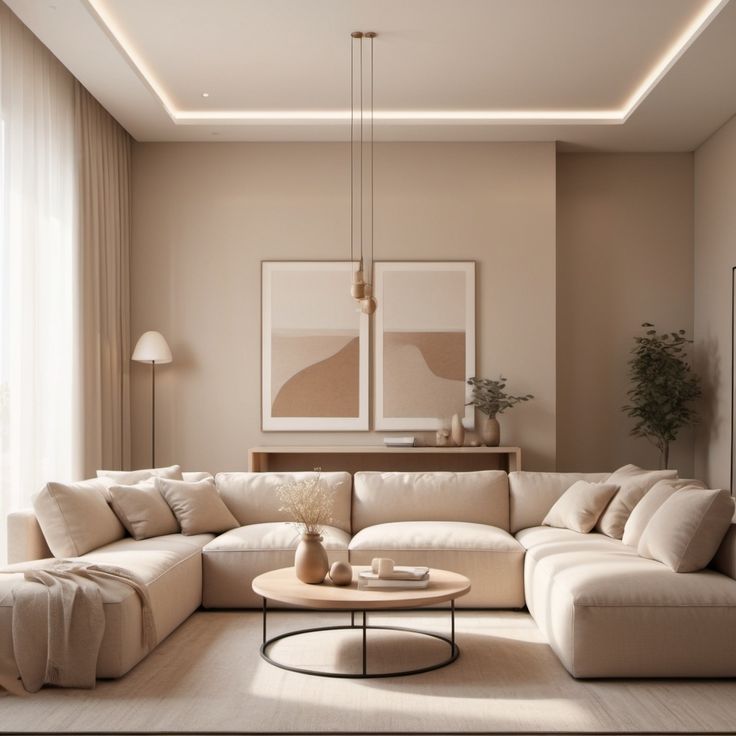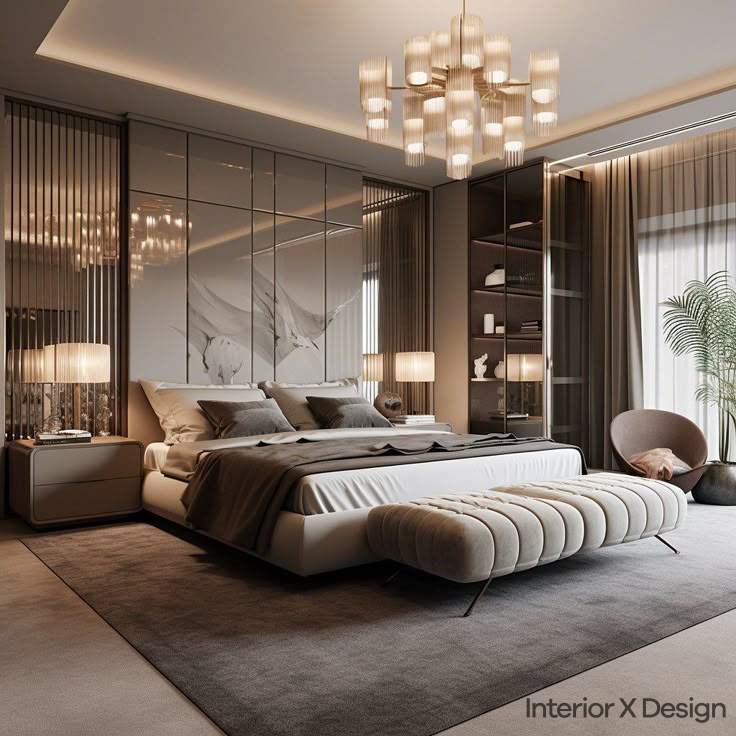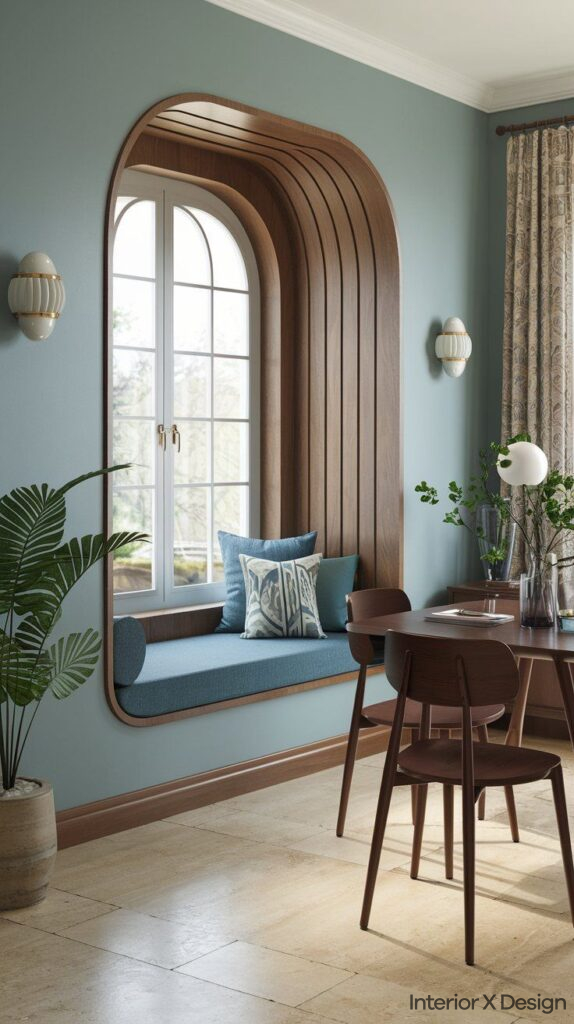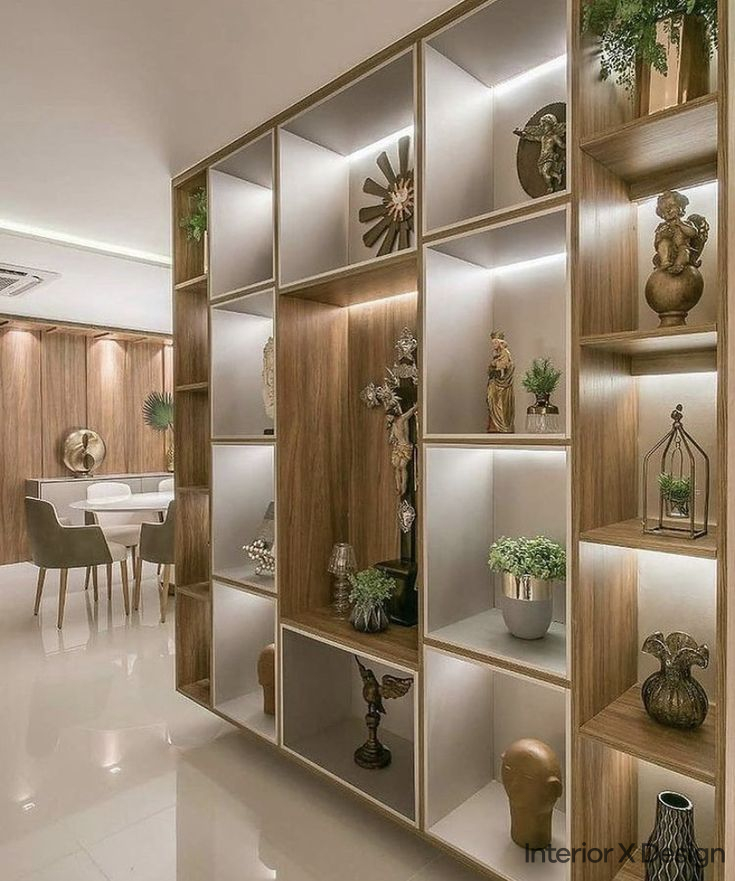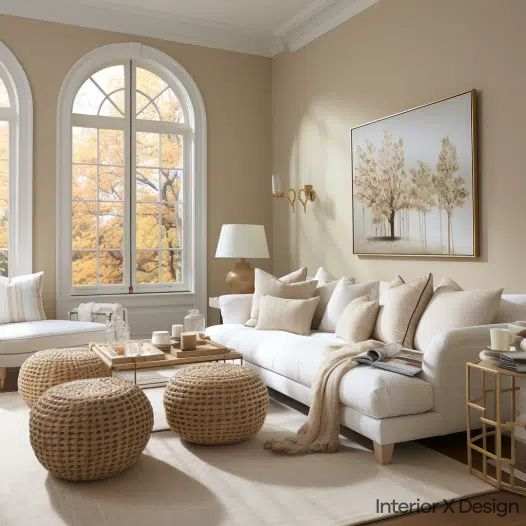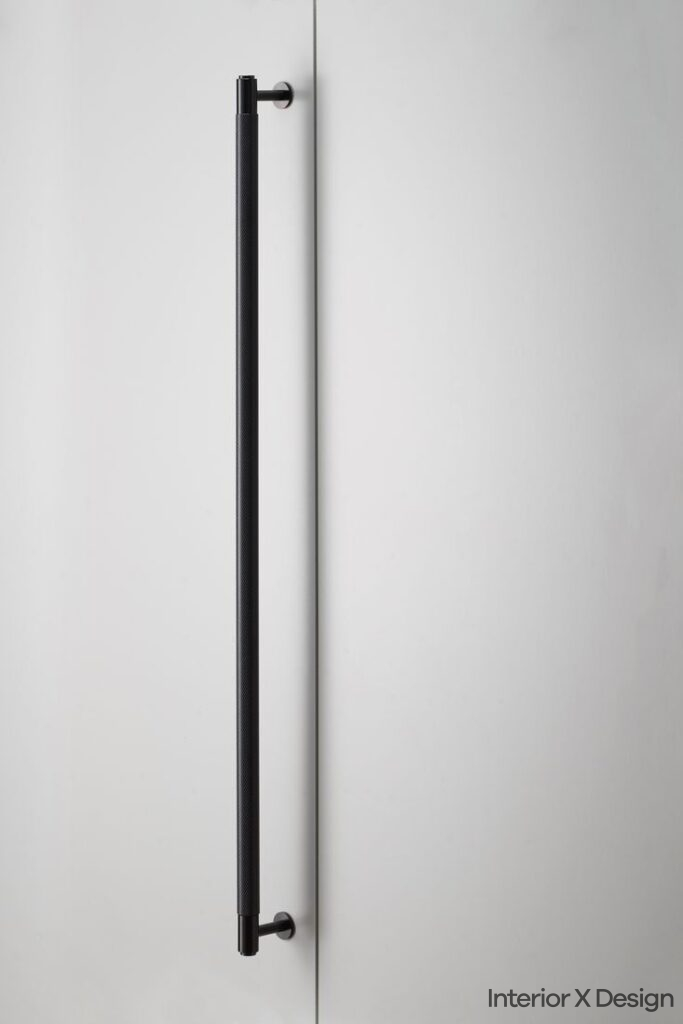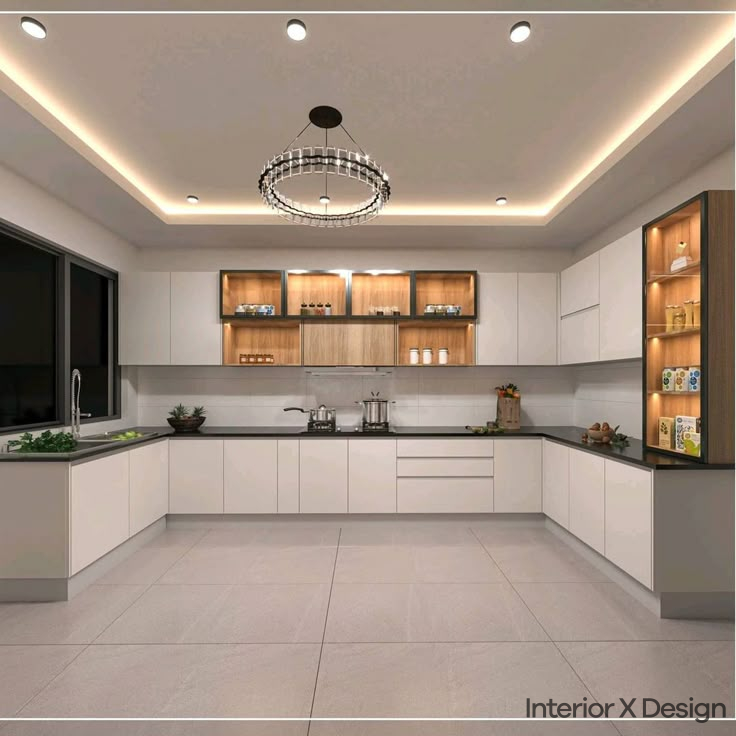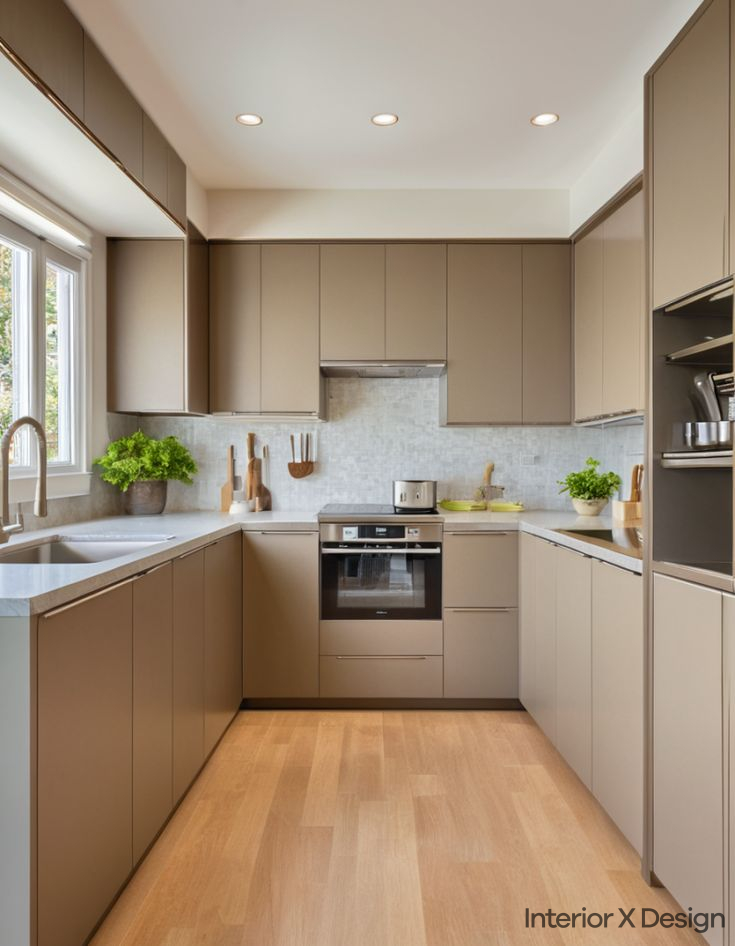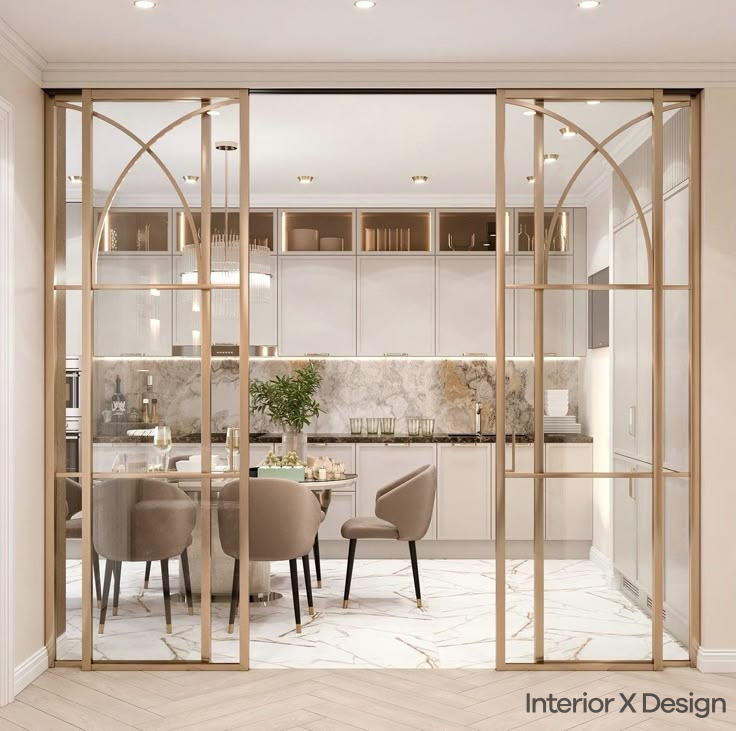Importance of Vastu in Pooja Room Design
Vastu Shastra, the ancient Indian architectural science, emphasizes the balance of natural elements to harmonize your living space. A pooja room built according to Vastu principles becomes a reservoir of peace and positivity. Key considerations include the direction, placement, design, and even the pooja room door direction as per Vastu. Ignoring these guidelines can disrupt the energy flow, leading to unnecessary stress.
Benefits of a Vastu-Compliant Pooja Room:
- Promotes spiritual growth and tranquility.
- Ensures a steady flow of positive energy.
- Enhances family unity and prosperity.
- Creates an ideal meditation environment.
Ideal Pooja Room Direction as Per Vastu
Best Directions for Placement
The mandir direction in home plays a vital role in determining the room’s energy. According to Vastu:
- Northeast (Ishanya): The most auspicious direction for the pooja room. It is associated with water and symbolizes spiritual growth.
- East: The rising sun’s energy in the East is conducive to a serene pooja environment.
- North: The North’s alignment with prosperity and positive energy makes it another favorable option.
Directions to Avoid
- Southwest: This direction represents Rahu and should be avoided for sacred activities.
- Bathrooms or Bedrooms: Never place the pooja room adjacent to these spaces as they can dilute the room’s sanctity.
Tip: Use a compass to verify the room’s exact orientation before finalizing the location.
Pooja Room in Brahmasthan: A Center of Energy
The Brahmasthan, or the central zone of the house, is a powerful energy hub. Placing your pooja room in Brahmasthan can amplify spiritual vibrations. According to Vastu:
Advantages:
- The central location ensures balanced energy distribution.
- Acts as the heart of the house, fostering unity among family members.
Design Tips:
- Keep the area clutter-free and well-lit.
- Avoid heavy furniture near the Brahmasthan.
- Use natural materials like wood and marble for the mandir structure.
Pooja Room Door Direction as Per Vastu
The pooja room door direction as per Vastu is another critical factor in ensuring positivity. The door acts as a gateway for divine energy. Key guidelines include:
Ideal Door Directions:
- North or East: Encourages positive energy flow into the room.
- Double Doors: Preferred for the pooja room to signify abundance.
Materials and Design:
- Choose wood for the doors with intricate carvings of religious symbols.
- Avoid doors with mirrors or glass as they can reflect energy outward.
Avoid:
- Doors facing the Southwest or bathrooms.
- Loud or flashy colors; opt for serene tones like white or beige.
Mandir Placement in Apartments and Small Homes
With compact living spaces, designing a Vastu-compliant pooja room can be challenging. Here are practical solutions:
Space Optimization Tips:
- Corner Mandirs: Utilize the northeast corners of living rooms or kitchens.
- Wall-Mounted Mandirs: Ideal for apartments, ensuring they are placed at a proper height.
- Partitioned Spaces: Use wooden or glass dividers to create a small, sacred space.
Dos and Don’ts:
- Ensure the idols or images face East or North.
- Avoid placing the mandir directly under a staircase.
- Maintain a dedicated space for storage of religious items.
Materials and Colors for Pooja Rooms
The materials and colors used in your pooja room influence its energy. Vastu suggests:
Materials:
- Wood and Marble: Symbolize purity and are considered ideal for mandir construction.
- Natural Stones: Granite or sandstone for flooring enhances energy.
Colors:
- White, Yellow, and Light Blue: Promote peace and spirituality.
- Avoid dark or fiery shades like red and black as they can be overpowering.
Lighting and Decoration for a Vastu-Compliant Pooja Room
Lighting:
- Use soft, warm lights to create a calming atmosphere.
- Incorporate traditional lamps or diyas for authenticity.
- Avoid fluorescent or harsh lighting.
Decorations:
- Place fresh flowers and hang auspicious symbols like Swastikas or Om.
- Use curtains with spiritual motifs for privacy and aesthetic appeal.
FAQs on Pooja Room Direction as Per Vastu
Q: Can I place a pooja room in the living room?
A: Yes you can place a pooja room in the living room, but ensure it’s in the northeast corner and maintains a distinct, clutter-free space.
Q: Which direction should idols face?
A: Idols should face East or North while worshippers face West or South.
Q: Is it acceptable to have a pooja room in the kitchen?
A: It is acceptable to have a pooja room in the kitchen only if the northeast corner is utilized and separated from cooking activities.
Enhancing Vastu with Expert Interior Design
Creating a Vastu-compliant pooja room involves meticulous planning. Collaborating with professionals ensures your space adheres to every detail of Vastu principles. Explore our Interior Design Consultants in Delhi and Affordable Interior Designers in Gurgaon for tailored solutions.
For more insights on Vastu, check out our related guides:

